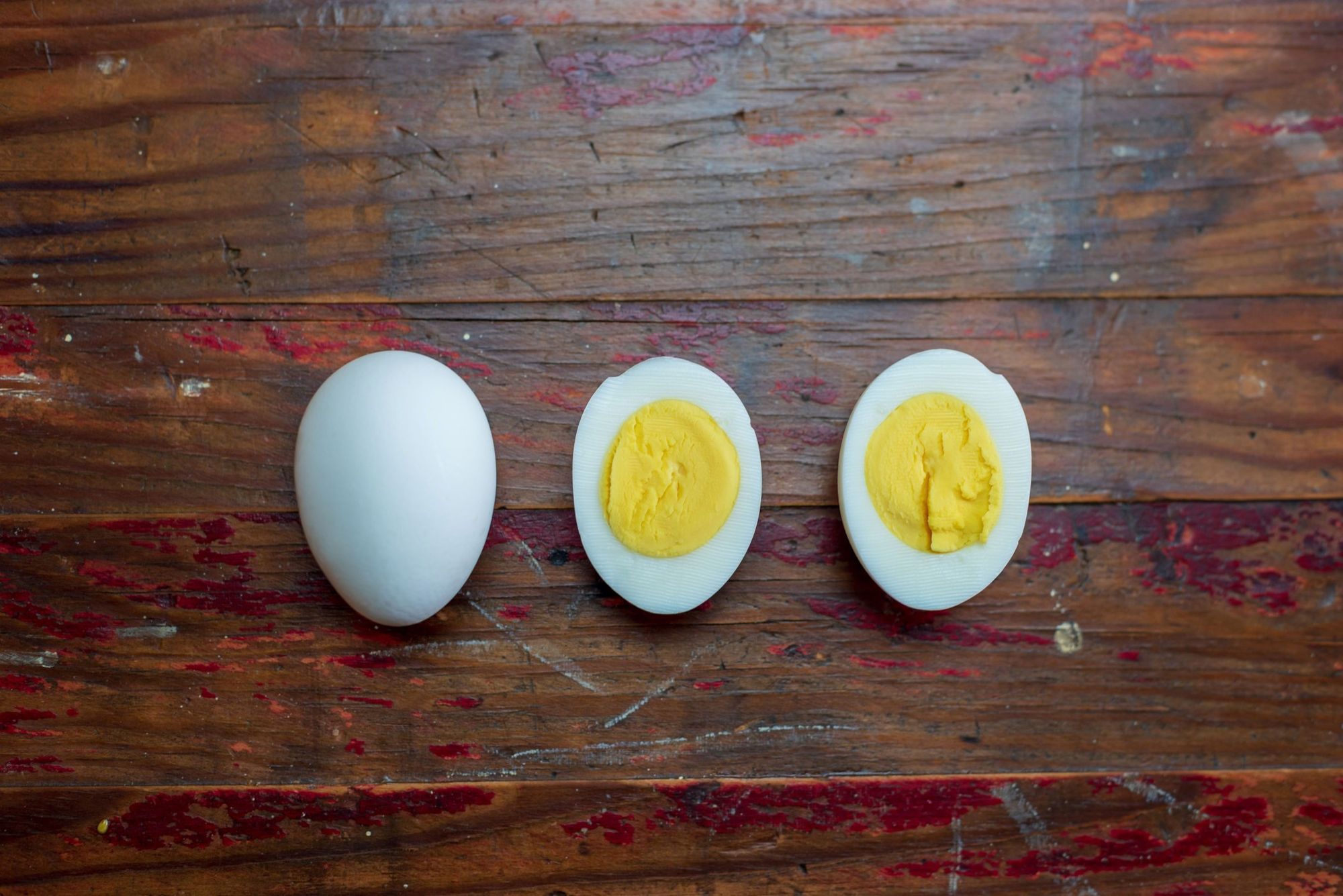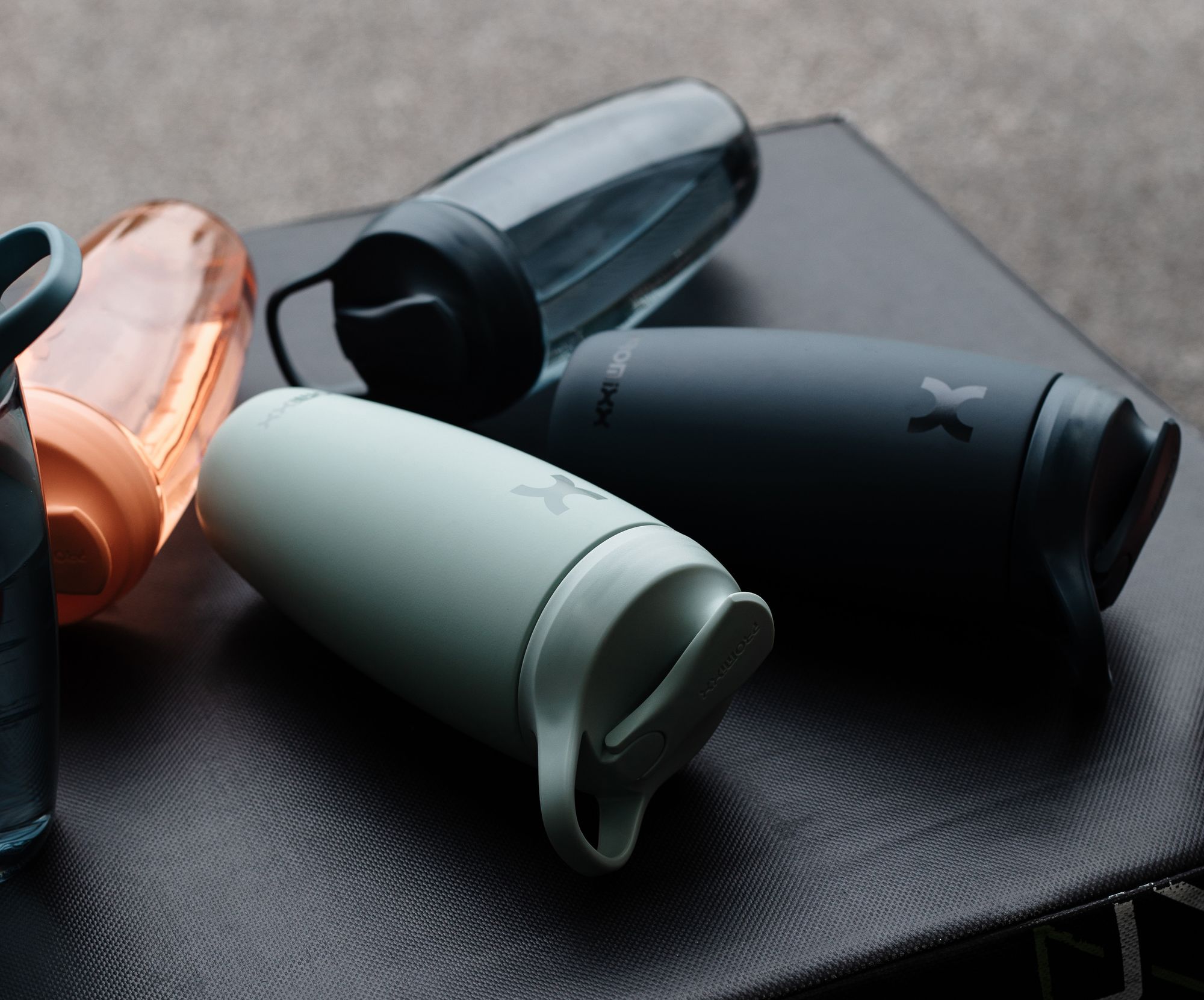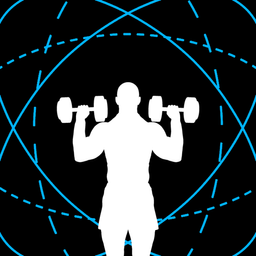Can Older Adults Build Muscle? (Is “Old Muscle” Inferior?)
Can older adults build muscle? And is "older muscle" inferior to "younger muscle" (whatever that means)? Find answers in this article.

*Chilling music* By 60, you’ll have lost 9% to 24% of your muscle mass.
This not only:
- Significantly increases your risk of osteoporosis (where you have weakened and fracture-prone bones) and hurts brain health, but also
- Potentially makes everyday activities — from getting out of bed to shopping — out of reach for you
At this point, if you’ve crossed the middle age mark (FYI, middle age is generally defined as being between the ages of 40 and 60), a weighty sense of dread may be settling in the depths of your stomach as you grapple with these thoughts:
There, there. Settle down. This article will address every one of those questions.
Starting with:
Can older adults build muscle?
A 100% yes.
In fact, the research is promising no matter where you look on the middle-age spectrum:
Now, you may be wondering: what about even older adults?
While there is evidence that the muscles of older adults may be less sensitive to resistance training’s stimulatory effects, a large body of evidence shows that older adults can still build muscle.
Case in point: this 2023 study from the International Journal of Sport Nutrition and Exercise Metabolism.
The researchers recruited and enrolled:
- 17 individuals between the ages of 65 and 75
- 12 individuals above 85 years old
… in a 12-week resistance exercise training program.
Guess what they found at the end of the study? Participants > 85 years old ended up packing more muscle strength and mass in relative terms* than the younger group:
- Muscle mass: 11% versus 10%
- Muscle strength: 46% versus 38%
Regardless, this study shows that older adults can still build muscle.
OK, that’s great news. But:
Is old muscle “inferior”?
We’ll use 2 pictures from a 2011 study published in The Physician and Sports Medicine to illustrate our point.


Wouldn’t you say they look exceedingly similar? Now, look at this picture:

Mm-hmm. In case it isn’t clear, once you’ve built it, old muscle is not in any way “inferior” to “young muscle”.
Whatever that means.
How to build muscle as an older adult
“Once you’ve built it” — OK, but how?
As mentioned earlier, while there is evidence that your muscles may be less responsive to strength training than younger individuals, you can still maximize your growth (e.g., achieve 90% of your potential instead of a mere 50%) by doing 3 things.
#1: Eat enough protein
Aging bodies process protein less efficiently. This means you’ll need to eat more of it. How much more?
Well, in this 2012 study published in The British Journal of Nutrition, researchers found that older adults needed twice the amount of post-workout protein to experience maximum protein synthesis response.
So, what does that mean for you?
The current recommended daily protein intake for physically active individuals ranges from 1.2 to 2.0 grams per kilogram of body weight. Given what we’ve discussed, you should multiply that by ~1.25 to 2 to get a sense of what’s “enough”.
Caveat: please, please make sure it’s still a sane amount of protein you can stomach (and aligns with your calorie requirements).
E.g., it makes more sense to multiply 1.2 g/kg of body weight by 2 than it is to multiply 2.0 g/kg of body weight by the same amount.
With the former, you’d eat 2.4 grams of protein per kilogram of body weight. Still reasonable. But with the latter, it’ll be 4 grams of protein per kilogram of body weight.
No words — just this GIF:
And if you need help hitting your daily protein requirements:


#2: Eat enough calories
To continue the spirit of eating more, in general, unless you’re trying to lose weight, you should be in a slight calorie surplus to maximize hypertrophy.
Remember: slight.
This means anywhere between 10% to 15% above your maintenance calories. If you don’t know what your maintenance calories are, feel free to use our calculator here:

#3: Strength train at least twice weekly
The final — and most crucial — piece of the puzzle is strength training.
Without it, there’s no reason for your muscles to grow. The “best practices” for building muscle in younger individuals apply to you, too; to optimize hypertrophy, for each muscle group, you’d still need to:
- Hit it with the appropriate training volume
- Use a variety of exercises
- Train it at least 2-3x weekly
- Train close to failure
“But I don’t know how to plan a strength training program!”
Who said you needed to?
GymStreak, an AI-powered workout planner, can do it all for you. Just input your fitness goal, training preferences, and schedule availability, and it’ll come up with a fully personalized, ready-to-go workout program *snaps fingers* just like that.
Better still, it also boasts the feature of nutrition tracking, so you can quickly see whether you’re truly eating enough protein and calories to build muscle.
Amazing, huh?
Check it out here:
Workout Programming + Nutrition Tracking, Off Your Hands
*sigh of relief* We'll guide you through it all — step-by-step. Just download the app, and you'll be making progress toward your dream body like never before.
References
Campbell, Wayne W., et al. “Nutritional Interventions: Dietary Protein Needs and Influences on Skeletal Muscle of Older Adults.” The Journals of Gerontology: Series A, vol. 78, no. Supplement_1, June 2023, pp. 67–72. Silverchair, https://doi.org/10.1093/gerona/glad038.
Egan, B. “Protein Intake for Athletes and Active Adults: Current Concepts and Controversies.” Nutrition Bulletin, vol. 41, no. 3, 2016, pp. 202–13. Wiley Online Library, https://doi.org/10.1111/nbu.12215.
Frontera, W. R., et al. “Strength Conditioning in Older Men: Skeletal Muscle Hypertrophy and Improved Function.” Journal of Applied Physiology, vol. 64, no. 3, Mar. 1988, pp. 1038–44. journals.physiology.org (Atypon), https://doi.org/10.1152/jappl.1988.64.3.1038.
Garthe, Ina, et al. “Effect of Nutritional Intervention on Body Composition and Performance in Elite Athletes.” European Journal of Sport Science, vol. 13, no. 3, 2013, pp. 295–303. PubMed, https://doi.org/10.1080/17461391.2011.643923.
Lowndes, Joshua, et al. “Association of Age with Muscle Size and Strength Before and After Short-Term Resistance Training in Young Adults.” Journal of Strength and Conditioning Research / National Strength & Conditioning Association, vol. 23, no. 7, Oct. 2009, pp. 1915–20. PubMed Central, https://doi.org/10.1519/JSC.0b013e3181b94b35.
Marzuca-Nassr, Gabriel Nasri, et al. “Muscle Mass and Strength Gains Following Resistance Exercise Training in Older Adults 65–75 Years and Older Adults Above 85 Years.” International Journal of Sport Nutrition and Exercise Metabolism, vol. 34, no. 1, Oct. 2023, pp. 11–19. journals.humankinetics.com, https://doi.org/10.1123/ijsnem.2023-0087.
Parkington, Jascha D., et al. “Contraction-Mediated mTOR, p70S6k, and ERK1/2 Phosphorylation in Aged Skeletal Muscle.” Journal of Applied Physiology, vol. 97, no. 1, July 2004, pp. 243–48. journals.physiology.org (Atypon), https://doi.org/10.1152/japplphysiol.01383.2003.
Volpi, Elena, et al. “Muscle Tissue Changes with Aging.” Current Opinion in Clinical Nutrition and Metabolic Care, vol. 7, no. 4, July 2004, pp. 405–10.
Wroblewski, Andrew P., et al. “Chronic Exercise Preserves Lean Muscle Mass in Masters Athletes.” The Physician and Sportsmedicine, vol. 39, no. 3, Sept. 2011, pp. 172–78. DOI.org (Crossref), https://doi.org/10.3810/psm.2011.09.1933.
Yang, Yifan, et al. “Resistance Exercise Enhances Myofibrillar Protein Synthesis with Graded Intakes of Whey Protein in Older Men.” The British Journal of Nutrition, vol. 108, no. 10, Nov. 2012, pp. 1780–88. PubMed, https://doi.org/10.1017/S0007114511007422.


